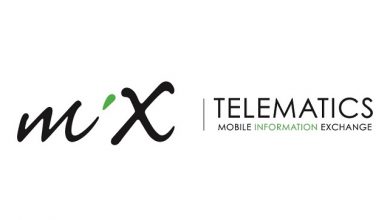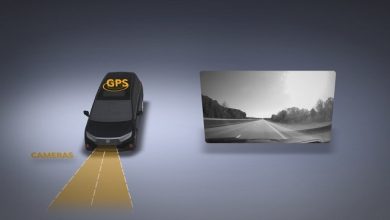The installed base of aftermarket car telematics devices reached 87.4 million in 2021

According to a new research report from the IoT analyst firm Berg Insight, the number of active aftermarket car telematics units will grow at a compound annual growth rate (CAGR) of 11.6 percent from 87.4 million at the end of 2021 to 151.6 million at the end of 2026. Berg Insight’s definition of an aftermarket car telematics solution in this report comprises both cellular/GNSS and RF-based solutions. Aftermarket car telematics solutions are useful in a number of application areas including stolen vehicle tracking and recovery (SVT/SVR), vehicle diagnostics, Wi-Fi hotspot, convenience applications and usage-based insurance. Vehicle diagnostics allows service providers such as dealers and workshops to improve service offerings to car owners. Dealers and finance companies can moreover leverage telematics for internal fleet management and manage the customer lifetime value. Examples of convenience applications enabled by aftermarket telematics devices include remote control of certain vehicle functions such as door lock/unlock and finding the last parking position.
Aftermarket car telematics services are offered by a wide range of players. “Examples of leading telematics companies selling services via third parties or directly to consumers include Octo Telematics, Targa Telematics, Spireon, Procon Analytics, Ituran, SareKon, PassTime GPS, Mojio, CalAmp (LoJack), Viasat Group and Vodafone Automotive”, said Martin Svegander, Senior Analyst at Berg Insight. Distributing services and products through third parties is the most common go-to-market strategy for aftermarket car telematics solution vendors. Important sales channels include insurance companies, dealers and importers as well as direct-to-consumer channels such as mobile operators and online retailers. A growing number of telematics solution vendors also explore new business models enabled by making connected cars part of the larger IoT ecosystem where data can be shared with third parties.
“Stolen vehicle recovery and security-related telematics applications are mature aftermarket car telematics applications whereas aftermarket other car telematics solutions have more recently started to emerge”, continued Mr. Svegander. Regional market conditions such as a high level of vehicle crime influence the demand for stolen vehicle tracking and have made SVT solutions popular in countries such as Brazil, Argentina, China, Israel, Russia and South Africa. “The number of dedicated active aftermarket SVT units in use is forecasted to reach 82.4 million in 2026, up from 53.1 million at year-end 2021”, continued Mr. Svegander. The technology environment for aftermarket car telematics solutions has evolved significantly during the past years. Implementations in the early days of telematics relied on professionally installed hardwired blackbox devices, making the deployments relatively costly. Today, there are many different form factors applicable for aftermarket car telematics ranging from professionally installed hardwired blackboxes to self-installed OBD dongles and battery-powered devices. “Improvements in battery technology, software and network technologies enable telematics industry players to offer new and more efficient products to the market”, concluded Mr. Svegander. Solutions aimed at dealers and vehicle finance institutions in the US use LTE -M devices and LoRaWAN has become a connectivity option for asset tracking and SVR in Latin America, North America and Europe.




